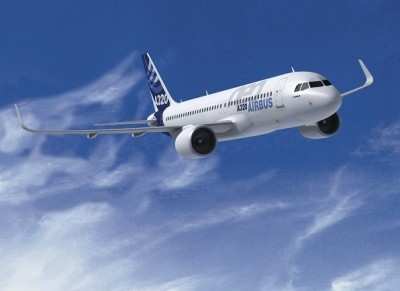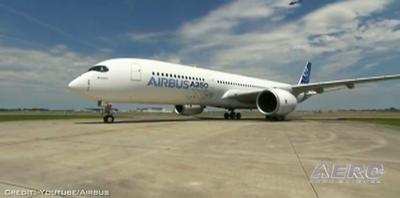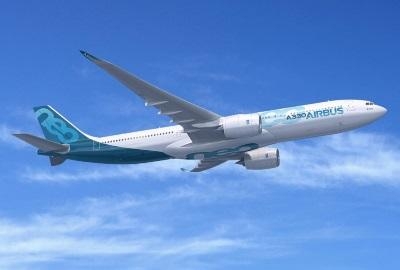Emerging Economies And Urbanization Power Air Traffic Growth
From the world’s first commercial flight in 1914, to today’s 32 million flights annually, aviation has become part and parcel of our everyday lives. With some three billion air passengers, and 50 million tonnes of freight carried every year by planes, it is estimated that aviation contributes $2.4 trillion annually to global GDP.

In the next 20 years (2015-2034), according to Airbus’ Global Market Forecast, global passenger traffic will grow at an average 4.6% a year, driving a need for some 32,600 new aircraft above 100 seats (31,800 passenger & 800 freighters greater than 10 tonnes) worth $4.9 trillion. By 2034, passenger and freighter fleets will more than double from today’s 19,000 aircraft to 38,500. Some 13,100 passenger and freighter aircraft will be replaced with more fuel efficient types.
Emerging economies which collectively account for six billion people, are the real engines of worldwide traffic growth. They will grow at 5.8% per year compared to more advanced economies, like those in Western Europe or North America, that are forecast to grow collectively at 3.8%. Emerging economies also account for 31% of worldwide private consumption which will rise to 43% by 2034. Economic growth rates in emerging economies such as China, India, Middle East, Africa and Latin America will exceed the world average. A knock on effect is that middle classes will double to almost 5 billion people.
The tendency to travel by air is increasing. In today’s emerging economies, 25% of the population take one trip per year, and this will increase sharply to 74% by 2034. In advanced economies, such as North America, the tendency to travel will exceed two trips per year.

“Asia-Pacific will lead in world traffic by 2034 and China will be the world’s biggest aviation market within 10 years, and clearly Asia and emerging markets are the catalyst for strong air traffic growth,” said John Leahy, Airbus Chief Operating Officer, Customers. “Today, we are ramping up production of the A350 XWB and we are studying further production rate increases beyond rate 50 for single aisle aircraft to meet the increasing demand for air transportation.”
Long-haul traffic will increasingly be to, from or between aviation mega-cities, rising from 90% (0.9 million passengers a day) today to 95% (2.3 million passengers a day) by 2034. Aviation mega-cities are centres of urbanisation and wealth creation and will increase from 47 to 91 cities by 2034 with 35% of World GDP centred there. These mega cities are already served well by air transportation and the existing route network will accommodate 70% of all traffic growth between now and 2034.

In the widebody market, Airbus forecasts a trend towards higher capacity aircraft on long-haul and an increasingly wide range of regional and domestic sectors. As a result, Airbus forecasts a requirement for some 9,600 widebody passenger and freighter aircraft over the next 20 years, valued at some US$2.7 trillion. This represents 30% of all new aircraft deliveries and 55% by value.
In the single aisle market the latest Airbus forecast sees a requirement for nearly 23,000 new aircraft worth $2.2 trillion over the next 20 years, an increase of nearly 1,000 aircraft compared to the previous forecast, representing 70% of all new units and 45% of the value of all deliveries.
Globally traffic growth has led to average aircraft size ‘growing’ by 46% since the 1980s with airlines selecting larger aircraft or up-sizing existing backlogs. Larger aircraft combined with higher load factors make the most efficient use of limited slots at airports and contribute to rising passenger numbers without additional flights as confirmed by London’s Heathrow Airport. A focus on sustainable growth has enabled fuel burn and noise reductions of at least 70 per cent in the last 40 years.
(Images from file)
 ANN's Daily Aero-Term (04.28.24): Airport Marking Aids
ANN's Daily Aero-Term (04.28.24): Airport Marking Aids Aero-News: Quote of the Day (04.28.24)
Aero-News: Quote of the Day (04.28.24) ANN's Daily Aero-Linx (04.28.24)
ANN's Daily Aero-Linx (04.28.24) Aero-News: Quote of the Day (04.29.24)
Aero-News: Quote of the Day (04.29.24) ANN's Daily Aero-Linx (04.29.24)
ANN's Daily Aero-Linx (04.29.24)





